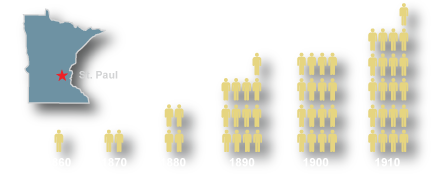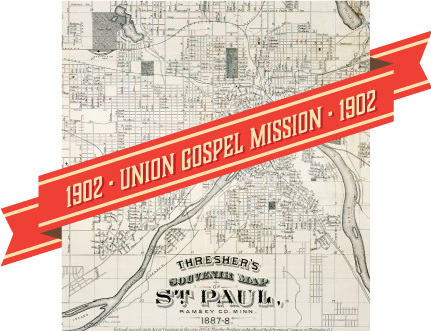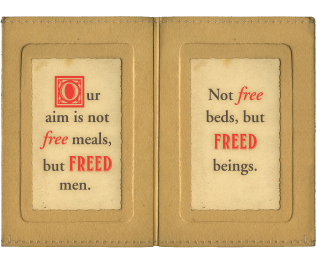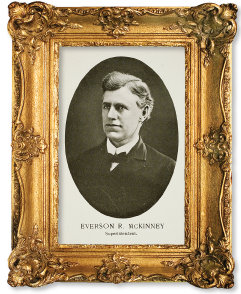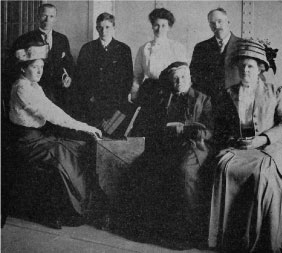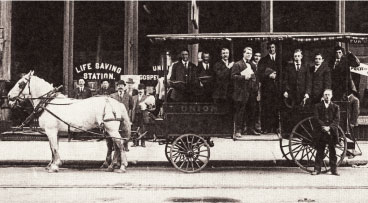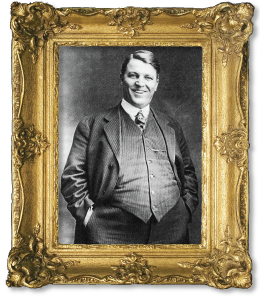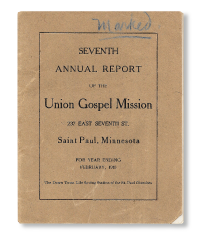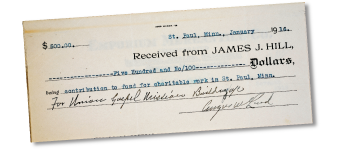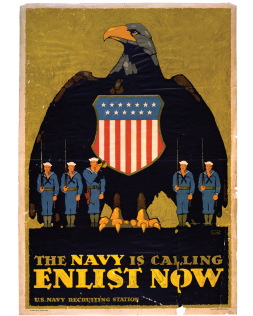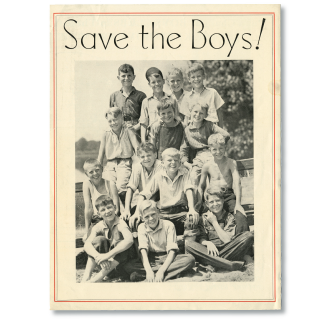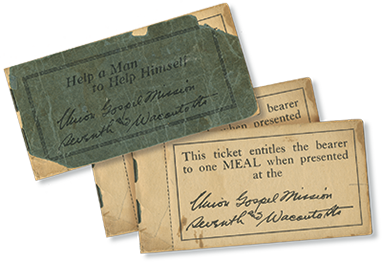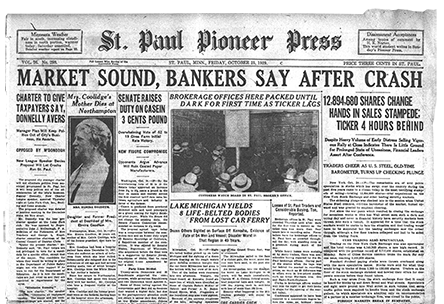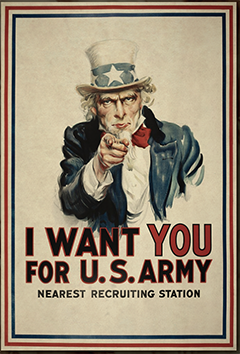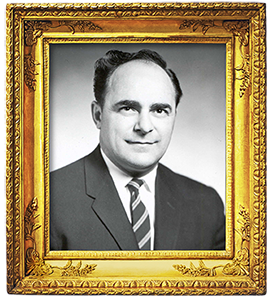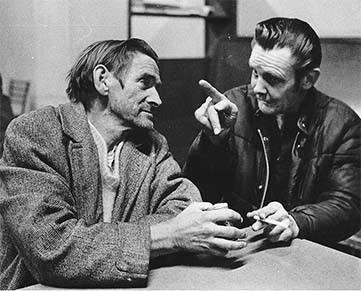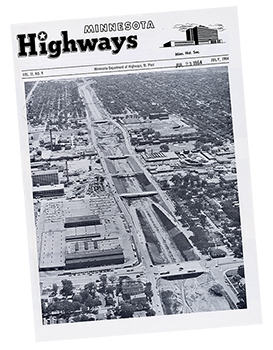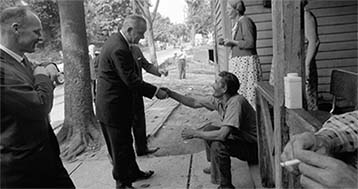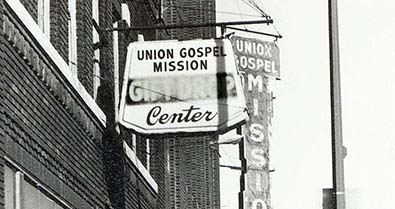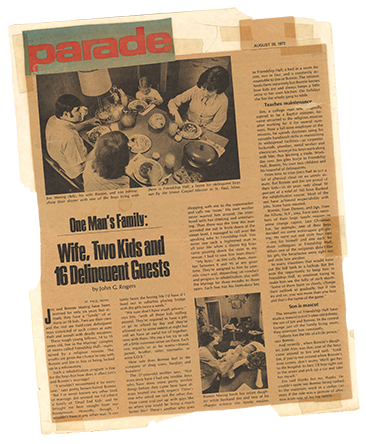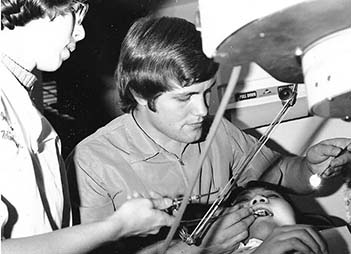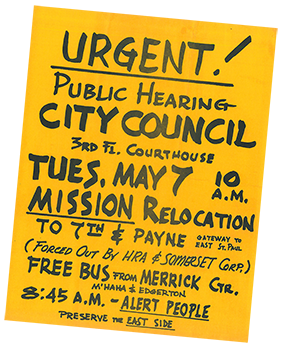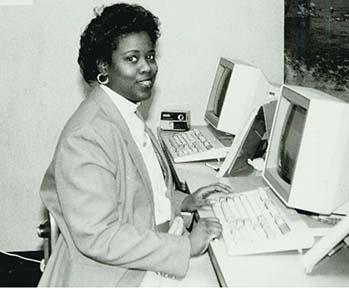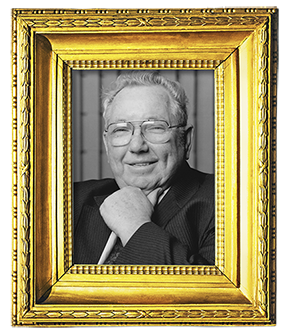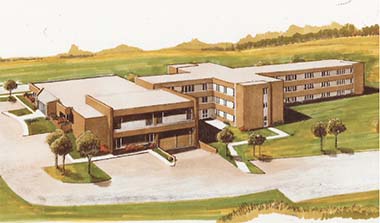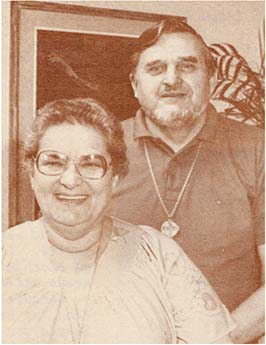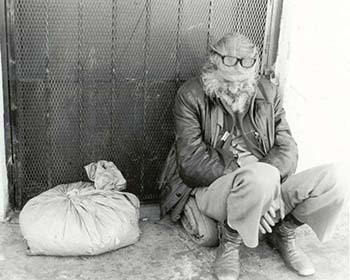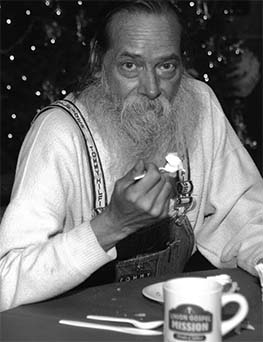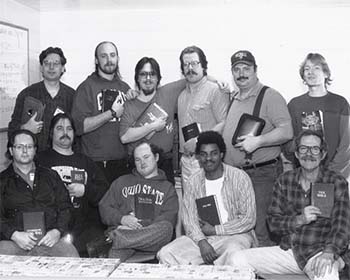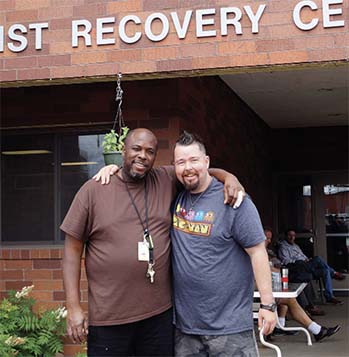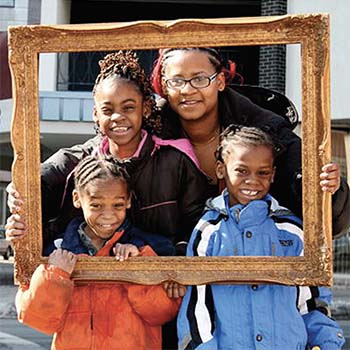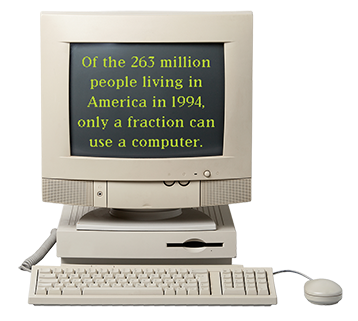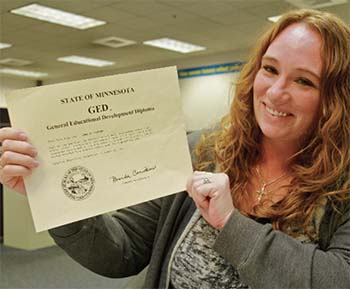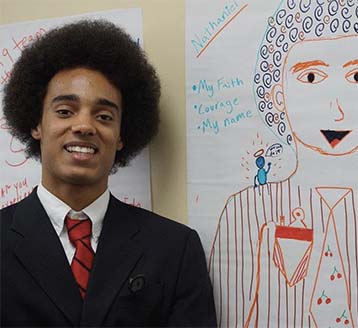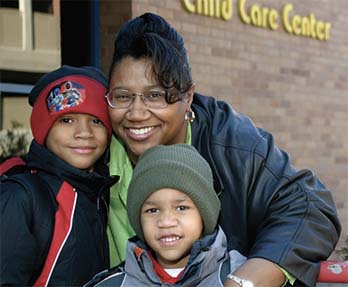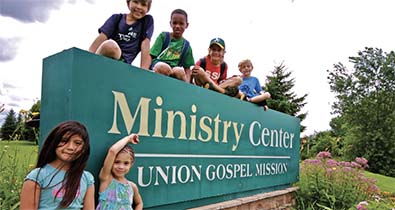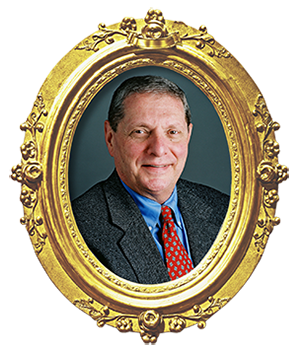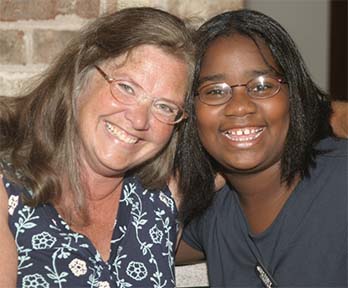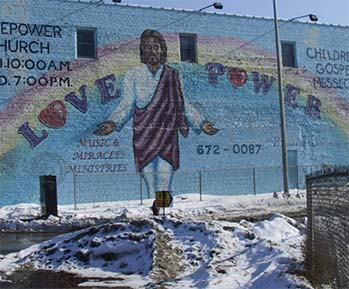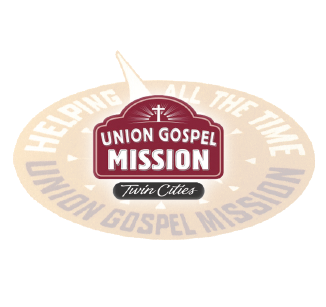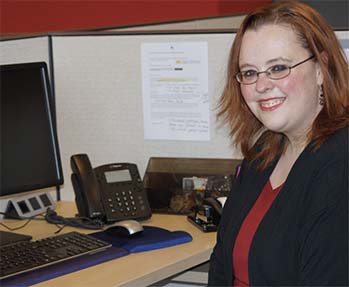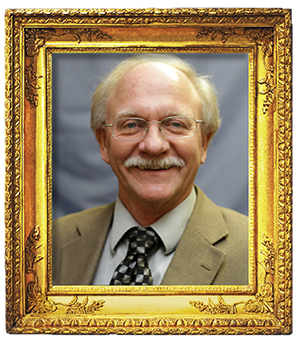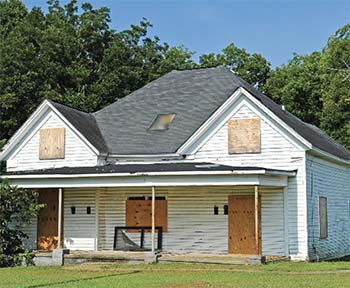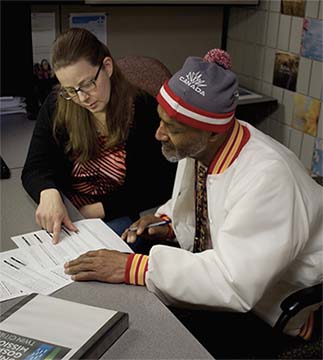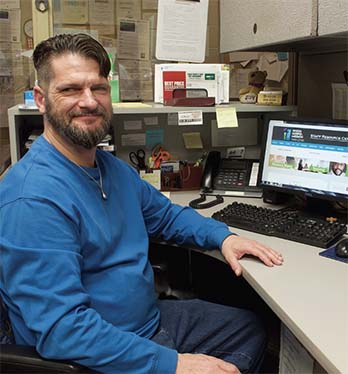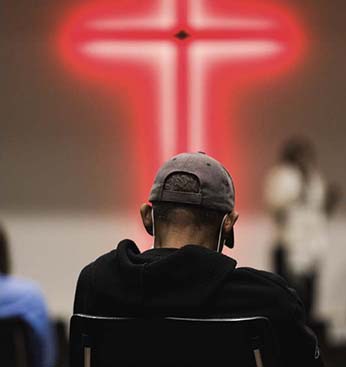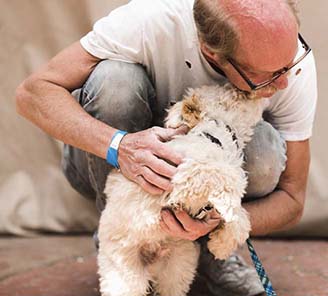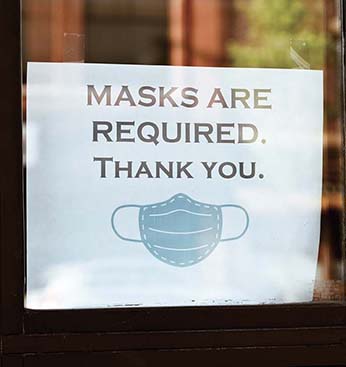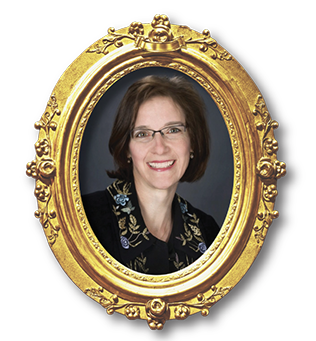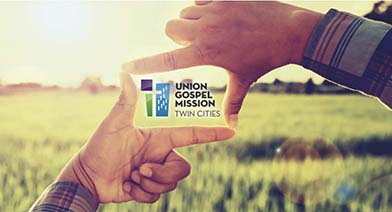The Birth of a Mission
The Union Gospel Mission Twin Cities
The Spirit of the Lord is upon me, because He anointed me to preach the Gospel to the poor. He has sent me to proclaim release to the captives, and recovery of sight to the blind, to set free those who are oppressed.
Luke 4:18 (NASB)City life stands, on the whole, for mental, moral and physical deterioration.
Twin Cities businessmanLocated on a corner where we can gather a crowd, the singing, testimonials and some short, sharp addresses by the converts have been blessed by God.
from an early Mission reportI came to the Mission half-starved spiritually.... I’m not starved anymore, for I have learned to feast on the good things of the kingdom.
Peter MacFarlaneThe greatest and most rewarding charity work that I did was with the Union Gospel Mission.
Dr. Harvey Ogden Skinner, the clinic’s founding doctorEverlastingly At It
The Union Gospel Mission Twin Cities
The new hotel will provide a place where . . . men can live in a wholesome, home-like atmosphere until they are firmly fixed in new habits.
from a Mission flyerHow many of you would be willing to give up your meal tonight to help some downtrodden person?
Peter MacFarlaneWe are faced with a grave responsibility. [Our work] should be enlarged and expanded…sufficient to meet and care for the increased numbers...
Peter MacFarlaneI remember announcements about summer camp. If we wanted to go, it would cost a dollar for the week. Even as a nine-year-old, I knew that was a bargain.
George VerleyTradition and Transition
The Union Gospel Mission Twin Cities
It is easy to see from Harold’s case how it pays in dollars and cents to give boys a boost when they need it.
Peter MacFarlanePeter MacFarlane’s legacy was a spirit of unselfishness, hard work, devotion and not being surprised by the next challenge.
Dr. Donald SwensonThe Struggle for a New Home
The Union Gospel Mission Twin Cities
We must open the doors of opportunity. But we must also equip our people to walk through those doors.
President Lyndon JohnsonThe fun part of it is seeing them come out with the pain gone.
Dr. Mohammed El Deeb, clinic volunteerOur graduates have gone on to become medical and legal secretaries, office managers and administrative assistants because we’ve taught them the foundational skills to get their foot in the door. From there, the sky’s the limit.
Carol Wickstrom, former directorIt turned out to be the best place for us....It took a long time for me to see that.
George VerleyThey just loved me for who I was. I believe that they had a vision from God to start the center. I am a product of that vision.
Jim Sky, a drug and alcohol addict for 24 years who was saved through the work of the Christ Recovery Center.Confronting Crisis with Compassion
The Union Gospel Mission Twin Cities
Suddenly we were overwhelmed with men.... It seemed like within a month’s time we went from 180 to 300 men.
George VerleyWe try to make those days special. Otherwise, that’s just another day for so many of our people.
George VerleyThe Discipleship Program became my home and family when I was lost and alone. There I experienced my first real exposure to God and His Word, and it changed my life!
Donald, Discipleship Program graduateNow they have all the components to take people...that everyone else has refused to take and run them all the way through the program and back into society.
F.T. (Ted) Weyerhaeuser, 3rd generation member of the UGM Board of DirectorsHere are just a few of the most important things I learned while I was in the Learning Center: I learned that there is a second chance waiting for you — if you want it.... I learned that it is never too late to go back to school. I am 35 years old and had tried two or three times before to get my GED, but this time I actually did it!
Jason, LifeNet Learning Center graduateA New Century Dawns
The Union Gospel Mission Twin Cities
You want to give something that is going to live on.… If I could just see a changed life in one person, it was worth it.
Ona OrthThis work can’t be contained within the walls of a building, and it continues on long after programs and directors have run their course.
Ken CooperIn my years as Executive Director, I always kept in the forefront that everyone who walked through our doors looking for help was made in the image and likeness of God — worthy of our full attention, our best efforts and our sincere love.
Rev. Kenneth PetersonYou will never be spiritually what you’re not emotionally. By also addressing the emotional, physical and mental health needs of those who come through our doors, we prepare people to invite God into their lives.
Dr. Charles P. MorganThis program encouraged me to pursue my dreams and not to settle [for less].
Pat, Christ Recovery Center graduate and aviation mechanicAs Christians, we need to engage completely with the world around us — looking outward as well as inward — to marshal all our knowledge and resources for the benefit of others.
Dr. Charles P. Morgan
